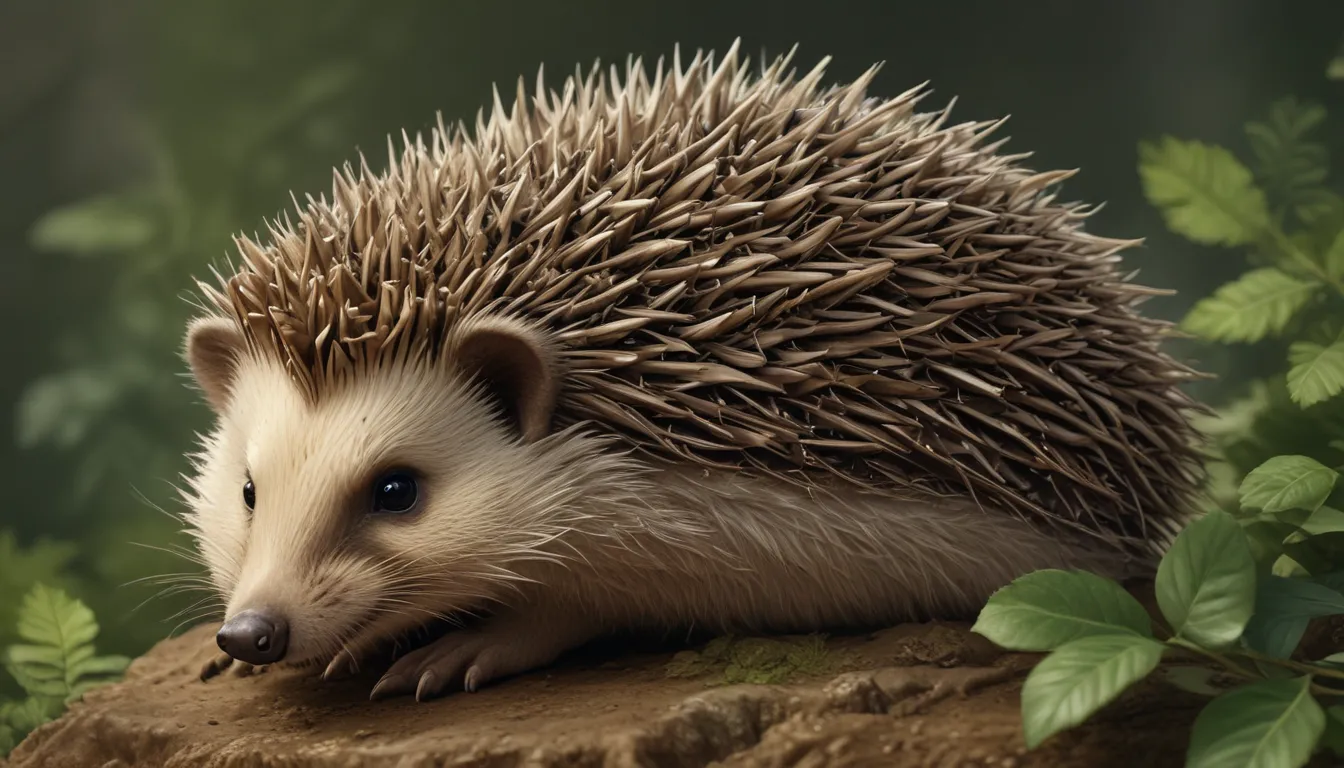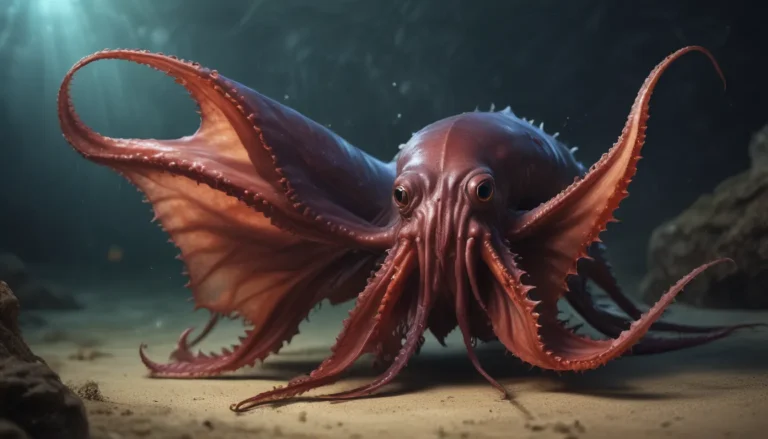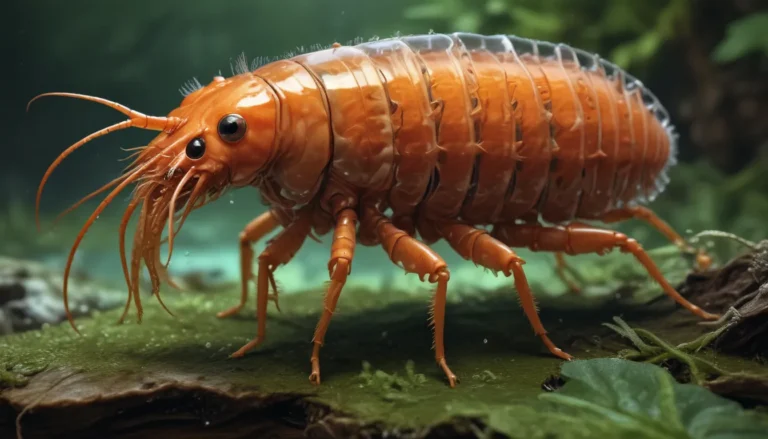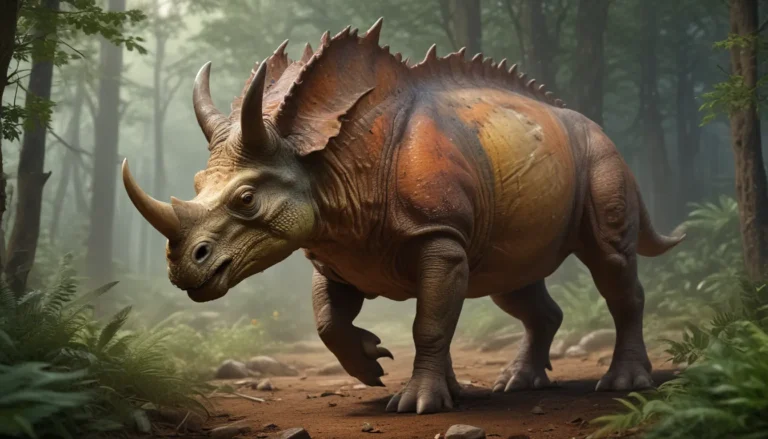The pictures we use in our articles might not show exactly what the words say. We choose these pictures to make you interested in reading more. The pictures work together with the words but don’t take their place. The words still tell you the important facts.
Hedgehogs have captured the hearts of many, from their appearances in children's books to their popularity as exotic pets. However, there is much more to these unique creatures beyond their cute facade. Delve into the fascinating world of hedgehogs with these in-depth hedgehog facts.
Quick Facts
- There are 17 species of hedgehogs.
- Hedgehogs typically grow from 4 to 14 inches long.
- A hedgehog has 3,000 to 5,000 quills on its body.
- Depending on its species, hedgehogs weigh from 155 g to 2.2 kg.
- The average hedgehog lives for 3.5 up to 9 years old.
Essential Facts
- The word "hedgehog" was first used in 1450.
- Hedgehogs first evolved 15 million years ago.
- Hedgehogs are found across Europe, the Middle East, Africa, and Central Asia.
- Female hedgehogs rear about 7 offspring per year.
- The hedgehog population in the UK reduced by 50% in the 2000s.
- Hedgehogs are currently classified under Least Concern on the IUCN Red List.
Interesting Facts
- The oldest hedgehog lived up to 16 years old.
- Hedgehogs can't roll while they are curled up.
- Hedgehogs are mostly active at night.
- Hedgehogs are omnivorous.
- Hedgehogs have been considered a delicacy in some places.
Hedgehog Facts Infographics
It’s a myth that hedgehogs can’t swim.
Contrary to popular belief, hedgehogs can swim up to 2 km a night, although they mostly do it for entertainment rather than necessity.
A baby hedgehog is called a hoglet.
Hedgehogs give birth to litters of four to five hoglets, but only two or three typically survive. Once they reach three to four weeks old, hoglets leave the nest to forage with their mother.
The average hedgehog has 44 teeth.
Hedgehog teeth fully grow by three weeks old, and they only have one set for their lifetime. Dental hygiene is crucial for pet hedgehogs to maintain their teeth's health.
The name “hedge” hog comes from their habitat.
Hedgehogs often inhabit hedgerows in the wild, as these areas provide shelter, food, and protection from predators. Gardens are also popular spots for hedgehogs due to their abundance of insects and pests.
Hedgehogs have also been used for cooking.
In the past, hedgehogs were eaten by some cultures. They were cooked by rolling them in clay and baking them in a fire, stripping off the clay after cooking to remove the spines and hair.
Even a cute hedgehog can bite.
While they may look adorable, hedgehogs can bite when stressed or disturbed, although they rarely do so.
Hedgehogs and porcupines have many differences.
Despite their spines, hedgehogs and porcupines are not closely related. Porcupines are herbivorous rodents that are much larger than hedgehogs.
Hedgehog quills act as their primary defense mechanism.
When threatened, hedgehogs curl up into a ball, extending their quills as a defensive mechanism. They are more likely to use this behavior than to bite.
Porcupine quills are more dangerous than hedgehog quills.
Porcupines possess detachable, barbed quills that are more dangerous than the quills of hedgehogs.
The African pygmy hedgehog is the most popular pet hedgehog.
Known for its distinct white fur, the African pygmy hedgehog is a popular choice for pet owners and has been featured in many online videos.
Conclusion
Hedgehogs are truly fascinating creatures with a rich history and unique behaviors. From their swimming abilities to their distinctive defense mechanisms, hedgehogs continue to capture the imagination of people worldwide. As we continue to learn more about these spiky critters, let's appreciate and protect these intriguing animals for generations to come.






